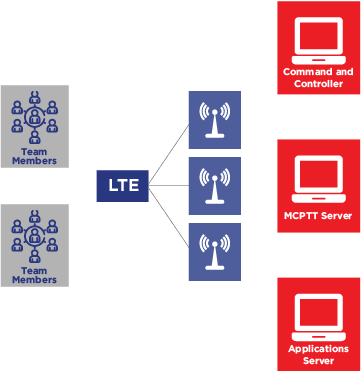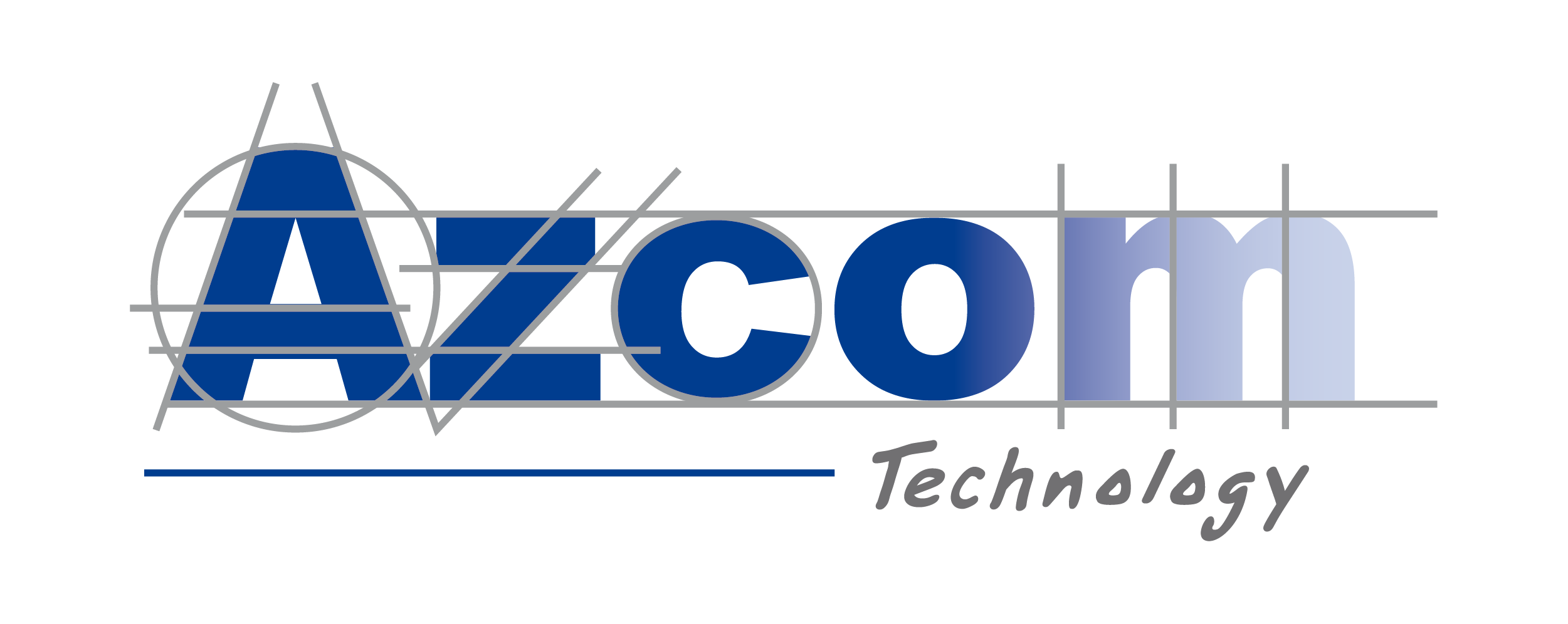Public Safety
Public Safety
Public Safety involves the prevention of and protection from events that could endanger the safety of the general public from significant danger, injury/harm, or damage, such as crimes or disasters (natural or man-made). Public Safety organizations are mandated by law to deliver a certain level of service to society, performing Mission Critical Operations in very dangerous situations. Public Safety is of vital importance to our society.
Public Safety networks require Mission Critical Information and communication solutions whose failure will result in the failure of business operations. Mission Critical operations in Public Safety organizations address situations where human life, goods and other values for society are at risk, especially when time is a vital factor. Mission Critical communication solutions therefore means secure, reliable and highly available communication that operates with zero risk of communication failures.
Delivering Public Safety Communications with LTE
Public safety networks provide communications for services like police, fire and ambulance. Traditionally Mission Critical services has been operated from private dedicated networks, often with exclusive spectrum allocations. While there is no doubt that LTE (3GPP Release 12 and beyond) will be used for next generation public safety network, it is still questionable if commercial systems can be exclusively employed to support mission critical services. The crux of the issue is whether commercial operators are fully committed and able to provide long-term reliable and resilient services with the requisite coverage and quality. Firstnet, an independent authority created by the US Government is working with a major commercial operator, AT&T to deploy a network and offer services which is good news for Public Safety Services.
Public safety features in LTE
The LTE standards community in 3GPP has introduced multiple features essential to meet public safety requirements. The most important ones are:
- ProSe – Proximity based Services
- GCSE_LTE – Group Communication System Enablers for LTE
- D2D_LTE – LTE Device to Device Communication
- MCPTT – Mission Critical Push To Talk over LTE
- IOPS – Isolated E-UTRAN Operation for Public Safety
- MCVideo – Mission Critical Video
- MCData – Mission Critical Data
Another focus area in 3GPP is interworking between LTE mission critical systems and non-LTE systems like P25, TETRA and legacy Land Mobile Radio (LMR). With NPSTC, TCCA, ETSI Technical Committee TETRA and other organizations backing LTE, there is now a clear global consensus that LTE will be the baseline technology for next generation broadband public safety networks. Given the comprehensive safety features offered by LTE, migration to this standard will only be a question of time. However, it would require interoperability and compatibility with existing networks.
Azcom Technology Solution
Azcom Technology has developed products for mission critical communications with its AZN NIB series, a powerful, flexible and compact IP67 compliant mobile network product that can be rapidly deployed and remotely managed in a variety of outdoor environments.
This cutting-edge, stand-alone system is ideally suited to provide network coverage to public safety environments that are isolated and/or suffer from poor coverage. It can also be integrated into existing customer networks, extending communication to mass transit applications like Cruise Ships and Airplanes.
The Network In a Box combines LTE access node, EPC and applications into a compact rugged, water and dust resistant enclosure. This optimized design enables reduction of overall cost while addressing a broad range of applications for military, security and public safety communications.
The product offers services to a closed group of users leveraging multiple LTE technologies (eMBMS, MCPTT, eMTC) while supporting both FDD and TDD duplex modes. With a total weight of less than 7 Kg, the NIB is very compact and can be carried in a suitcase or a backpack for private and public safety rapid deployment and emergency communications. The form factor also enables quick installation and deployment on transport vehicles like mining trucks and armored vehicles.
All hardware and software components are Azcom owned Intellectual Property, providing customers with a single point of contact for efficient support and rapid customization. This has significant value for customers with application specific requirements needing customization and/or development of additional features, particularly in defense, public safety and large utilities with private networks.
Public safety features in LTE
The following is an illustration of the key components of a LTE PPDR system.
- High quality video for law enforcement
- High-resolution images for remote injury assistance and diagnoses
- Infrared camera and motion detectors for fire fighters
- Video-equipped drones for search and rescue teams


